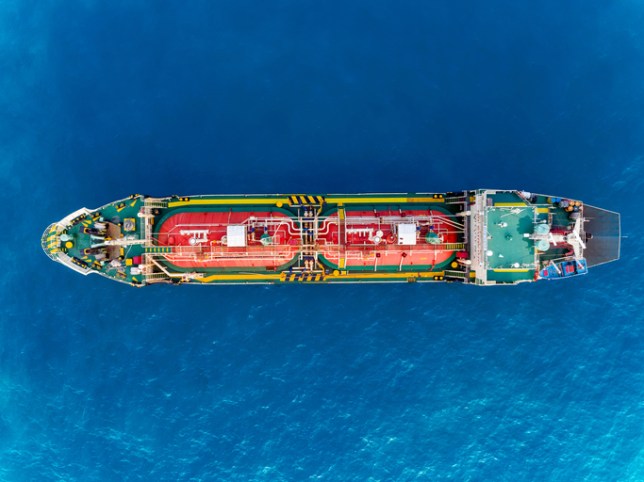NFPA 58-2020 is the 2020 edition of the liquefied petroleum gas code. It’s also an American National Standard.
Propane, meet propylene—and butate and butylene. Together, or alone, these hydrocarbons, having a vapor pressure not exceeding that allowed for commercial propane, are liquefied petroleum gas (LP-Gas). LPG, as it is also known, is widely used for process and space hearing, cooking, and automotive propulsion.
Liquefied propane—or propylene, butane, or butylene—meet air. The results aren’t great, as this liquid readily evaporates into a large cloud of gas that can run for long distances along the ground with vapors finding their way into drains or basements.
LPG, meet fire. The results here can be disastrous, as liquefied petroleum gas is incredibly flammable. When the gas meets a source of ignition, it can explode. In fact, a leakage isn’t even necessary for fire hazards to be present. Cylinders can explode if involved in a fire.
Beyond these threats, LPG (or LP-Gas) can cause cold burns to the skin, act as an asphyxiant at high concentrations, and be carcinogenic. While non-corrosive, liquefied petroleum gas can dissolve lubricants, certain plastics, or synthetic rubbers.
Furthermore, LP-Gas is colorless and odorless, making it hard to detect. Typically, an odorant is added to help prevent leaks. In fact, NFPA 58-2020 addresses LP-Gas odorization, even noting that all containers that contain unodorized LP-Gas products are to be marked “NOT ODORIZED.”
This is just one aspect of LP-Gas covered by this standard. In all, the code applies to the storage, handling, transportation, and use of all liquefied petroleum gas systems. This includes containers, piping, and associated equipment when delivering LP-Gas to a building for use as a fuel gas, as well as the highway transportation of LP-Gas.
Furthermore, NFPA 58-2020 applies to the design, construction, installation, and operation of marine terminals with the primary purpose of receiving LP-Gas for delivery to transporters, distributors, or users. Please note that it does not apply to marine terminals associated with refineries, petrochemicals, gas plants, or those whose purpose is the delivery of LP-Gas to marine vessels.
NFPA 58-2020 also can be used for the design, construction, installation, and operation of pipeline terminals that receive LP-Gas from pipelines under the jurisdiction of the U.S. Department of Transportation (DOT) and deliver it to transporters, distributors, or users.
NFPA 58-2020 revises the 2017 edition of the same standard. Overall, it marks a substantial revision, comprising the following changes:
- New information for fire resistance rating and
noncombustible materials was added. This specifies when materials are needed to
have a certain fire resistance rating or when they must be combustible. - Schedule 10 steel piping is now allowed for use
in aboveground vapor service only. - Austenitic stainless steel is now allowed as a
piping material. - Fire extinguishers are now not to be used for
LP-GAS pressure fires unless the source of the fuel can be shut off promptly.
This change removes conflict between industry standards and the NFPA
58-2020 code when choosing a fire extinguisher for an application. - New information was added for inspection of the
face seal on CGA 791 and CGA 793 connections prior to filling. Since defects in
the connection face seal will degrade the effectiveness of the seal, if any
defect are found on the face seal, “the cylinder is not to be refilled and the
valve is to be replaced.” - The standard now directs the user to the purging
procedures of NFPA 54-2018: National Fuel Gas Code, regardless of the system’s operating procedure. - Chapter 15, “Operations and Maintenance,” was
revised substantially. Notably, the scope of this section was altered to exclude
systems regulated by the U.S. DOT.
NFPA 58-2020: Liquefied Petroleum Gas Code, 2020 Edition is available on the ANSI Webstore.
